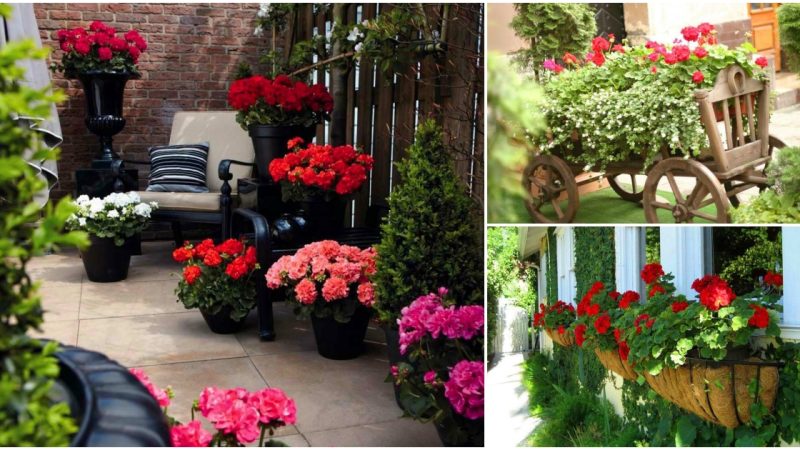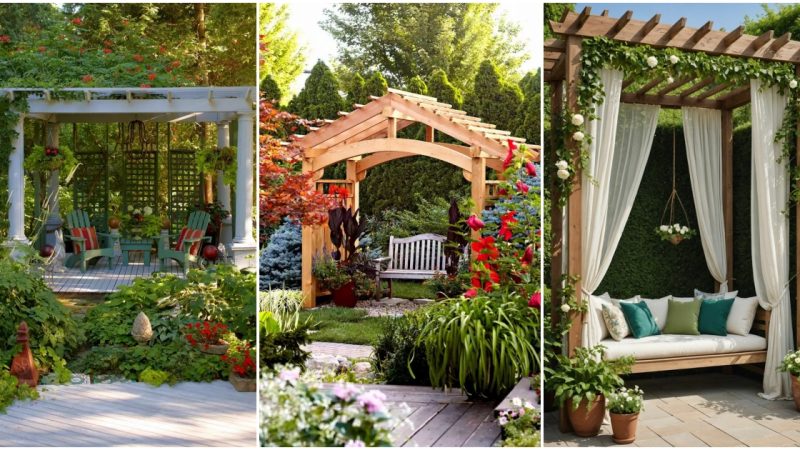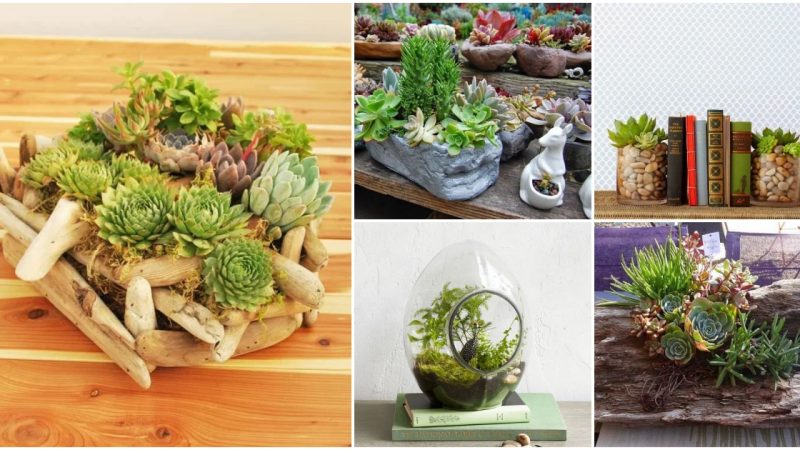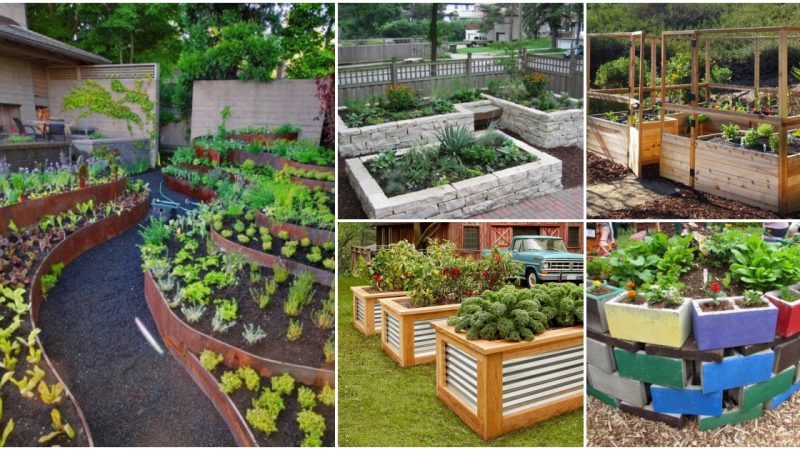Embracing Nature’s Beauty: Creating a Lush and Colorful Wild Flower Garden
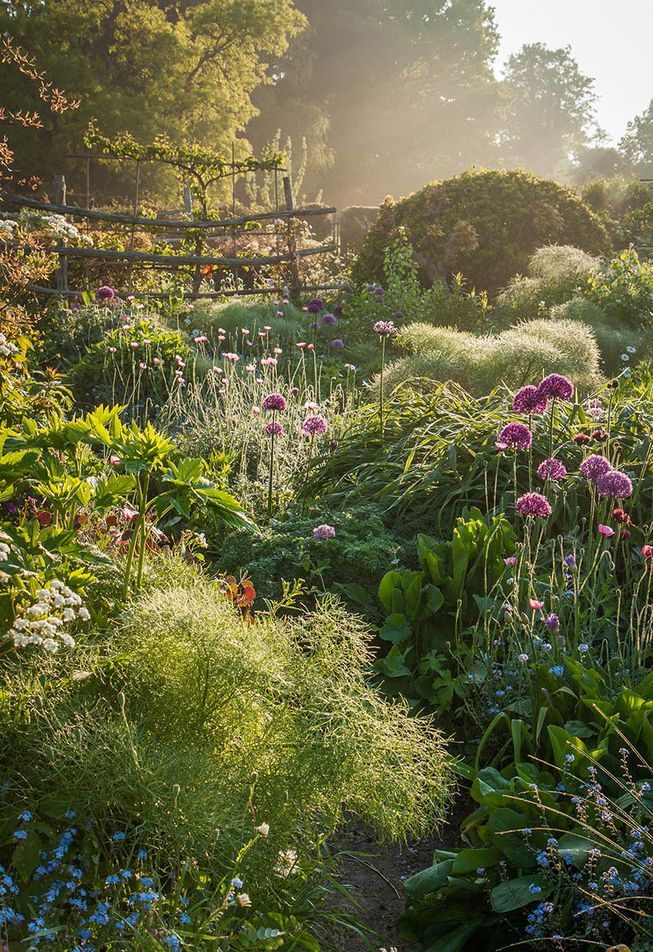
In a world where concrete jungles dominate the landscape, there is something truly enchanting about a wild flower garden. Bursting with vibrant colors, delicate petals, and a touch of untamed allure, a wild flower garden is a celebration of nature’s beauty in its purest form. Creating such a garden allows us to connect with the natural world, embrace its untamed spirit, and experience the joy that comes from nurturing and witnessing the growth of these captivating blooms.
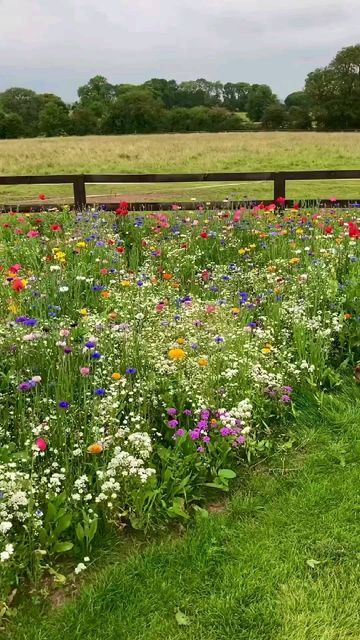
To begin your journey of embracing nature’s beauty, start by selecting a suitable location for your wild flower garden. Ideally, choose an area that receives ample sunlight, as most wild flowers thrive in full sun. However, if your space is partially shaded, don’t fret. There are several wild flower species that adapt well to such conditions. Consider the soil type as well, as wild flowers tend to prefer well-draining soil. If your soil is heavy or clay-like, amending it with organic matter can improve its quality and provide an ideal environment for your plants to flourish.
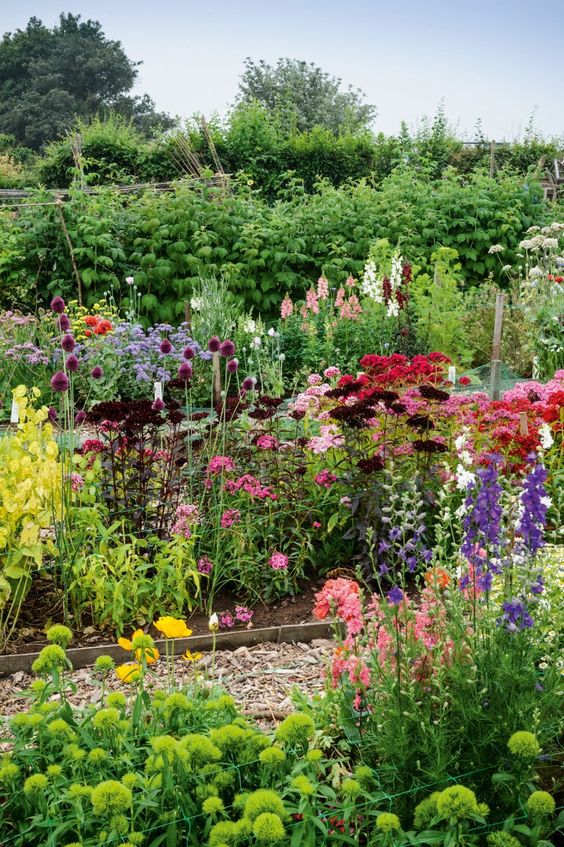
Once you’ve chosen the location, it’s time to select the wild flower species that will adorn your garden. The possibilities are vast, ranging from dainty daisies and cheerful sunflowers to delicate poppies and graceful lupines. Research the native wild flowers in your region, as they are well-adapted to the local climate and often require less maintenance. Consider factors such as bloom time, height, and color to create a diverse and visually appealing display that will enchant throughout the seasons.
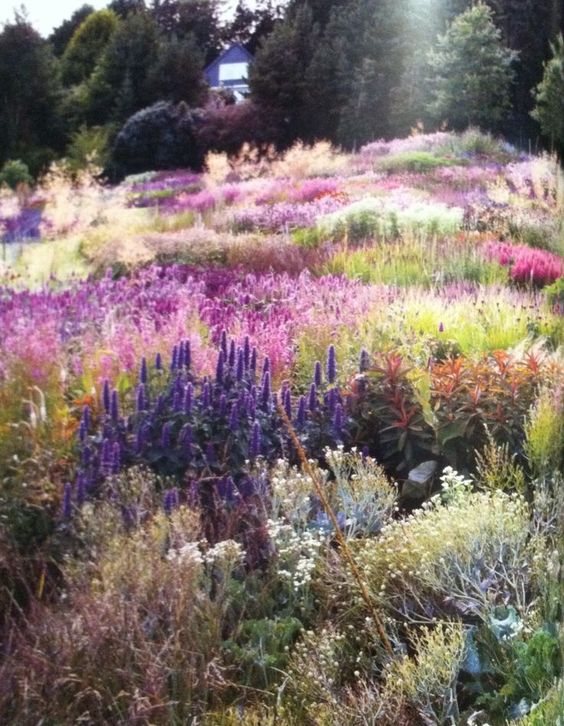
Preparing the soil is a crucial step in establishing a thriving wild flower garden. Clear the area of any weeds or unwanted vegetation and loosen the soil to provide an optimal environment for your seeds or seedlings. Depending on the species you choose, you may either sow the seeds directly into the soil or start with young plants from a local nursery. Follow the instructions provided for each species regarding planting depth, spacing, and watering requirements.
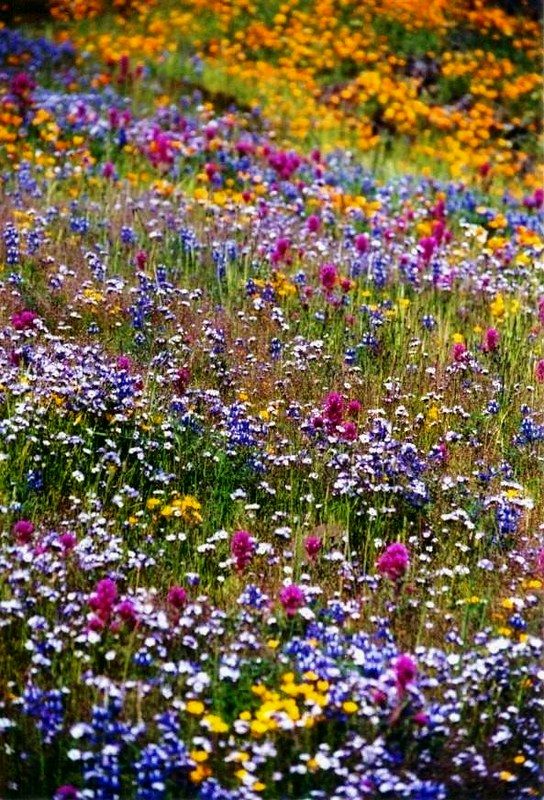
Patience is key when it comes to wild flower gardening. While some species may germinate and bloom quickly, others may take longer to establish themselves. Embrace the anticipation and joyfully observe as your garden transforms over time. As the first sprouts emerge, be diligent in providing adequate water to help them establish their roots. Once established, most wild flowers are resilient and can withstand periods of drought, making them a low-maintenance and eco-friendly choice.
One of the greatest joys of a wild flower garden is the diverse array of pollinators it attracts. Butterflies, bees, hummingbirds, and other beneficial insects will flock to your garden, bringing it to life with their fluttering wings and delicate dances. These pollinators play a crucial role in our ecosystem and contribute to the overall health of the environment. By creating a wild flower garden, you are not only providing a feast for their senses but also supporting their important role in nature.
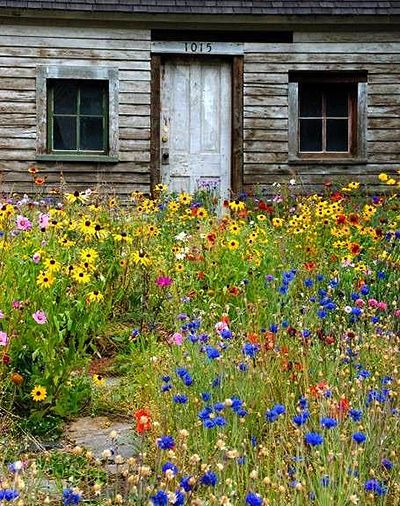
As your wild flower garden flourishes, you may find that it requires minimal intervention. However, occasional weeding and deadheading spent blooms can help maintain the garden’s aesthetic appeal and promote continued blooming. Allow some flowers to go to seed, as they will self-sow and contribute to the natural reseeding of your garden, ensuring its longevity and evolution year after year.
Embracing nature’s beauty through a lush and colorful wild flower garden is a journey of discovery, patience, and admiration for the wonders of the natural world. It is an invitation to slow down, observe, and appreciate the intricate details of each blossom as they sway in the breeze. It is a sanctuary where you can escape the hustle and bustle of everyday life and find solace in the serenity of nature’s embrace.
So, let the wild flowers guide you on this journey of beauty and connection. Allow their vibrant colors, delicate petals,
